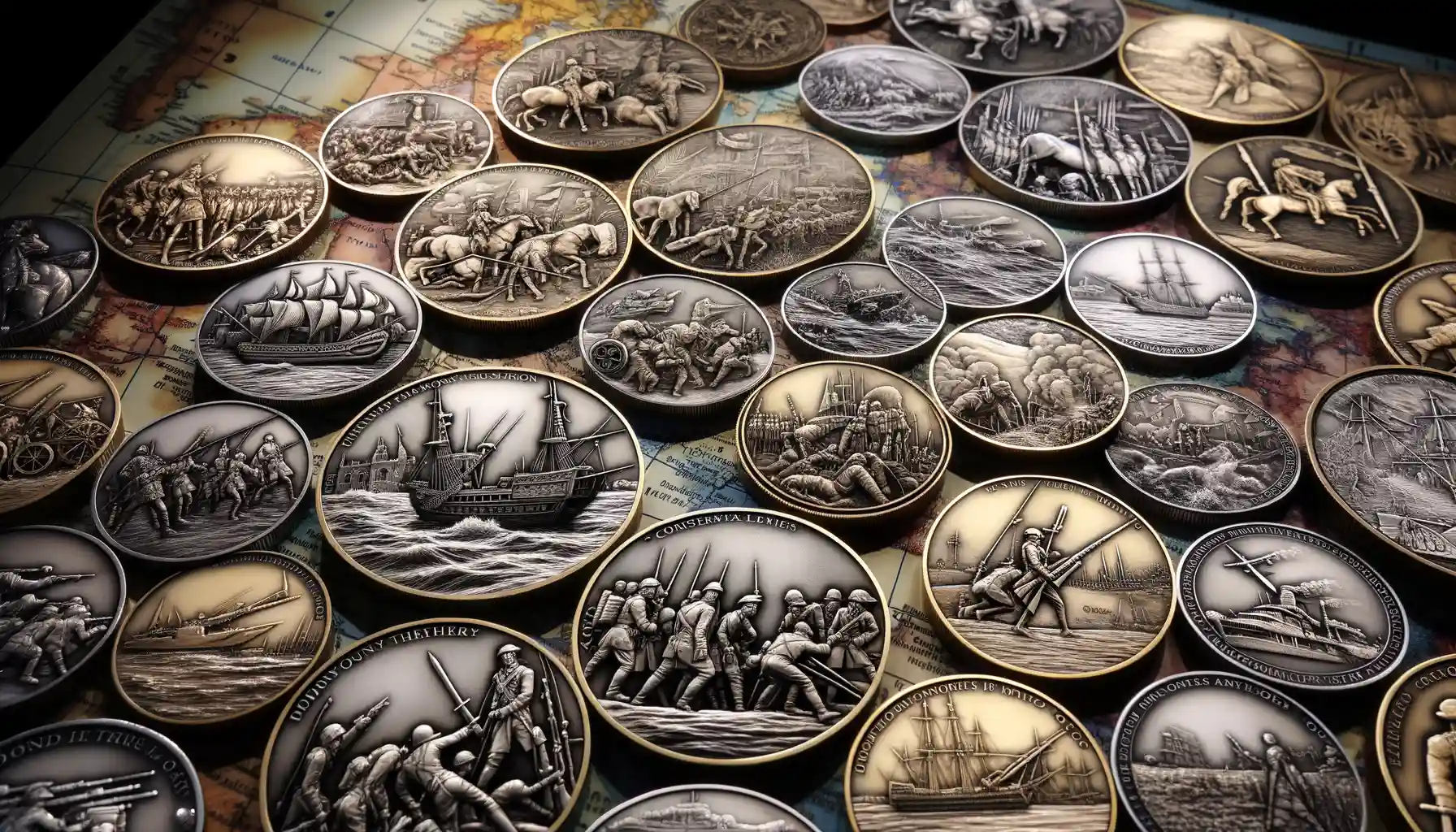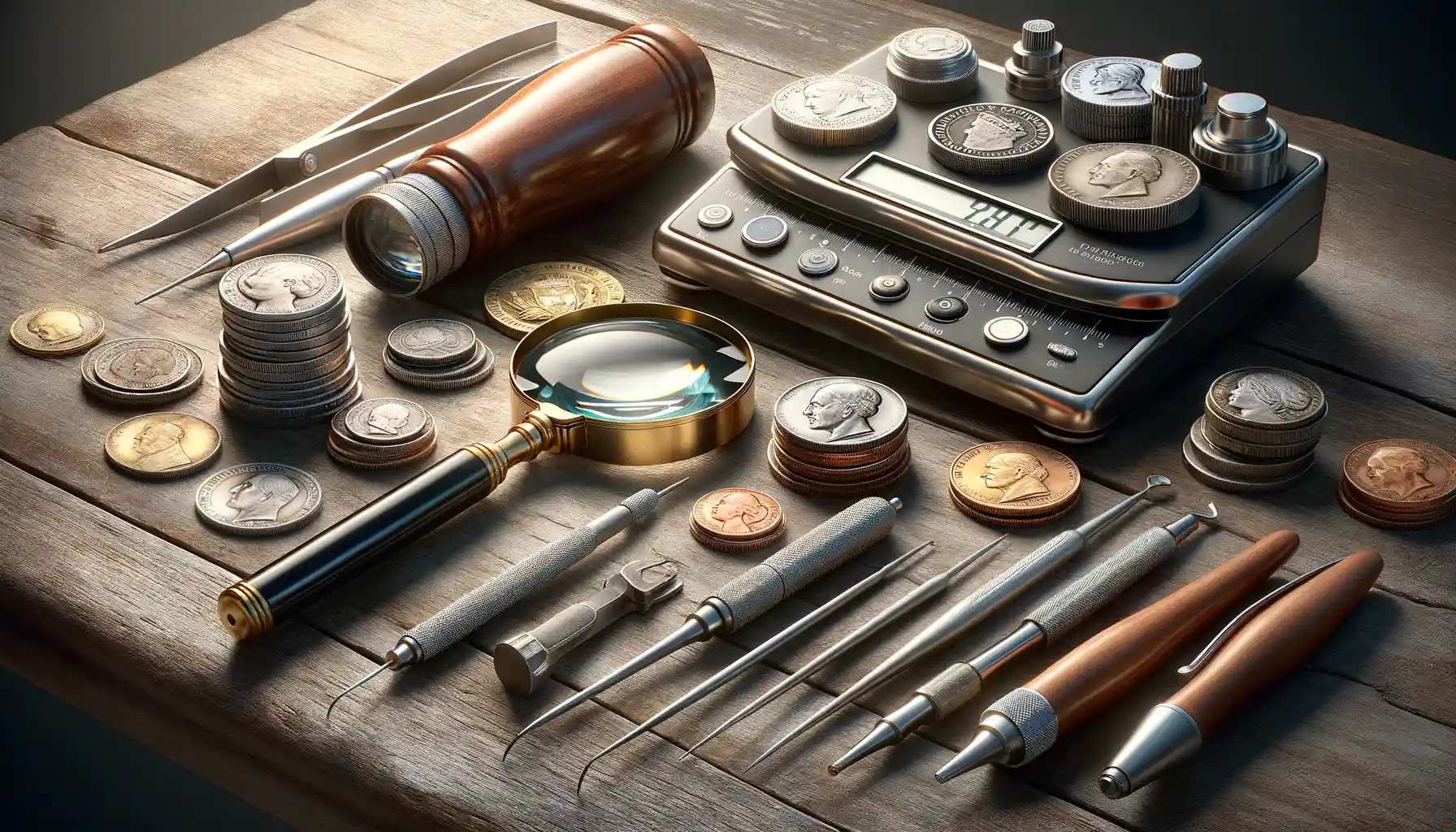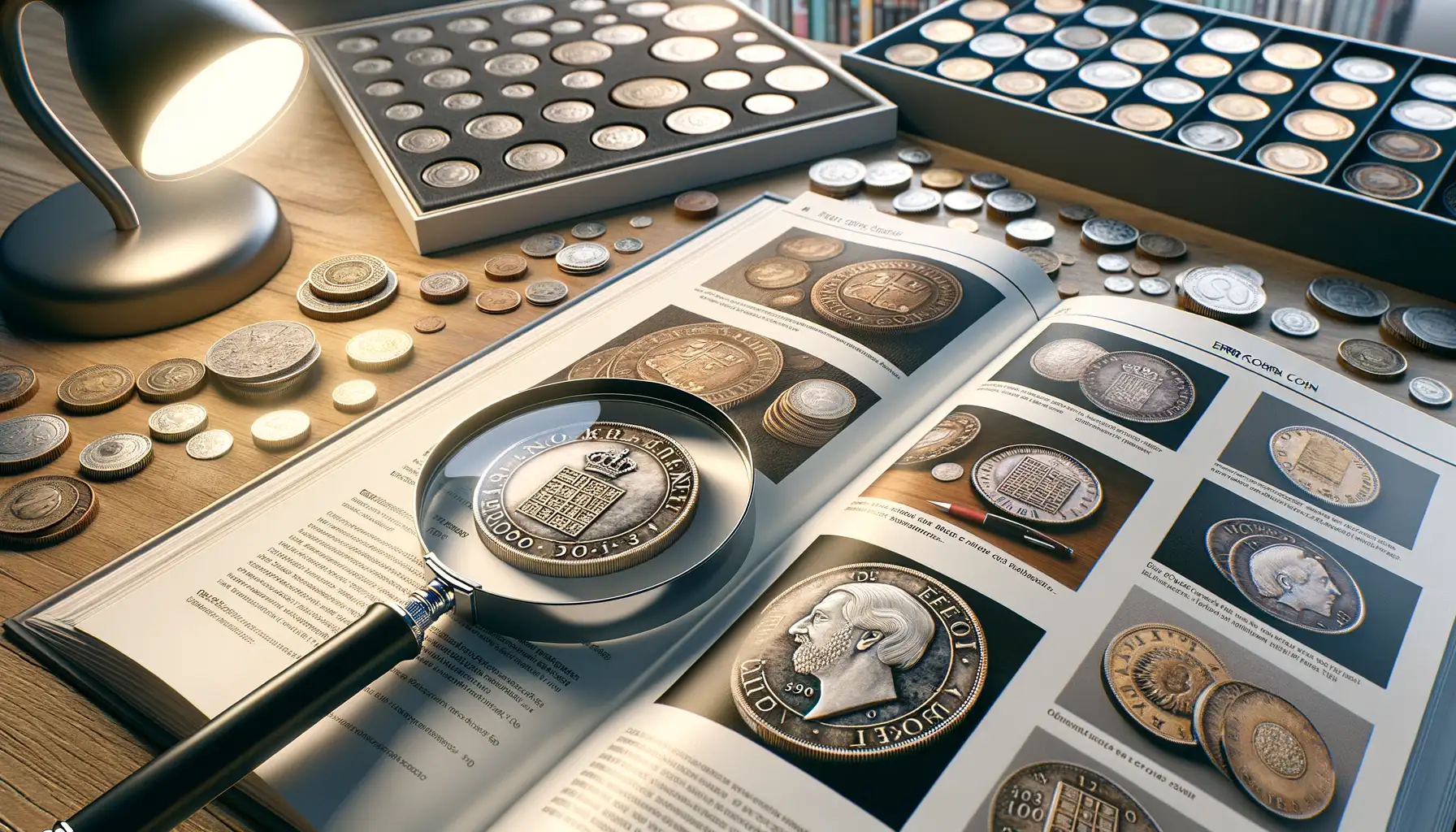Introduction to Coins as Historical Narratives
Coins are more than just shiny bits of metal; they’re miniature storytellers, carrying whispers from ages past. Every scratch, symbol, and inscription on a coin is like a page ripped out of history’s diary, offering us tales of triumph, tragedy, and transformation.
Why Coins Are Windows into the Past
Imagine holding a Roman denarius minted during a time of war. Its surface, worn by centuries, might bear the profile of a stern emperor donning a laurel crown—a quiet declaration of power. Flip it over, and you may find symbols of conquest: crossed swords, a broken chain, or an eagle spreading its wings. But coins aren’t just about warlords and battles; they also capture the hopes for peace. Consider the ancient Greek drachmas showcasing olive branches or doves, universal emblems of harmony.
What makes coins so uniquely compelling? They are:
- Portable artifacts: They fit in your palm, yet carry entire eras of history.
- Visual storytellers: Their imagery can reveal alliances, victories, or pleas for unity.
Even the smallest coin can speak volumes—if you know how to listen. They connect us to the hands that forged them, the rulers who commanded them, and the societies that relied on them, making every coin a glimpse into humanity’s collective journey.
Coins Depicting Stories of War Across Eras

Evocative Portraits of Battle on Ancient Coins
Coins have always been more than shiny metal–they’re gateways to the past, often whispering tales of swords clashing and empires rising. Take the Roman denarius from 49 BCE, for example. This humble silver coin shows Caesar crossing the Rubicon, a moment of audacity that forever changed history. Can you imagine holding that story in the palm of your hand? It’s like gripping a time machine.
Even medieval coins bring this drama to life. Consider the **Edward III quarter noble**, minted during the Hundred Years’ War. Its design isn’t just decorative—it showcases swords, ships, and shields, laying bare the militaristic identity of England at the time.
- The **Victory Coin of Alexander the Great**: Lions and eagles symbolize his unmatched conquests.
- The **Siege Coins of Leiden**, from the Dutch Revolt: Everyday objects melted into emergency currency during wartime scarcity.
These metallic relics don’t just depict war; they vibrate with the emotions of survival, ambition, and resilience. The stories they carry are burned into their very surfaces, waiting for someone like you to uncover them.
Symbolism of Peace on Historical Coins

When Peace Takes Shape in Metal
Coins have long whispered the stories of peace, often through intricate designs and poetic symbolism. These little discs of history carry more than monetary value—they are miniature canvases where societies have engraved their hopes for harmony.
Take the stunning Roman denarius struck under Emperor Vespasian. On one side, the goddess Pax stands serenely, holding an olive branch—an eternal emblem of peace. The message is unmistakable: after years of civil war, Rome craved order and calm. Or consider British coins celebrating the end of World War I, adorned with doves and laurel wreaths, as if saying, “Let’s set down the weapons and breathe again.”
- Olive branches—a universal plea for reconciliation
- Doves—the timeless carriers of truce
- Hands clasped in unity—a gesture carved into coins to remind generations of peace treaties
These aren’t just design choices; they’re messages etched in metal, intended to inspire and reassure uneasy populations. As you hold such coins, it feels as though you’re cradling the essence of historical hope in your palm—peace personified, forever preserved in a sliver of silver or gold.
Symbols That Speak Louder Than Words
Perhaps the most striking element of peace symbolism on coins lies in its universality. Whether minted in ancient Greece, medieval Persia, or modern America, certain motifs transcend borders and time. The olive branch, for instance, has appeared from the coins of Hellenistic rulers to modern U.S. quarters. It’s a quiet, unspoken language connecting centuries.
Even the simplest of symbols can tell entire stories. During Napoleon’s brief peace with Austria, French coins featured rays of sunlight breaking through clouds—a fleeting moment of hope before war returned. And post-WWII German coins displayed an eagle clutching—not a weapon—but wheat stalks, signaling rebirth and renewal. It’s these small designs that make one stop and marvel: how much meaning can fit onto a coin smaller than your thumb?
How Coins Reflect Political and Cultural Shifts

Coins as Time Capsules of Change
Imagine holding a small, cold coin in the palm of your hand—a fragment of metal that whispers secrets of ancient alliances, revolutions, or even forbidden romances. Coins don’t just buy bread or pay taxes; they’re storytellers in disguise, reflecting the tides of political upheaval and the evolution of cultures over centuries.
Take, for instance, the Roman denarius. When Caesar’s profile first appeared on these coins, it wasn’t just his ego etched into silver—it was a bold declaration of power in a society transitioning from republic to empire. Coins often became propaganda in miniature, circulated widely to solidify rulers’ reputations or ideals.
- A humble Victorian penny might feature Britannia, embodying Britain’s imperial pride.
- An Ottoman coin could weave Arabic calligraphy into intricate patterns, mirroring Islamic art’s influence.
The cultural shifts are equally breathtaking. The imagery of gods transitioned to saints under Christian Byzantine rule, while during revolutions—like the French Revolution—monarchic emblems were hacked away, replaced with ideals of liberty and fraternity. Every tiny detail, from symbols to inscriptions, captures the worldviews of its time, like a snapshot frozen in metal.
Collecting Coins with War and Peace Themes

Dive into the Stories Behind the Metal
Imagine holding a coin that once circulated during turbulent times, its edges carrying whispers of battles fought and peace treaties signed. Collecting coins with war and peace themes isn’t just a hobby—it’s like becoming an archaeologist of emotions, bravery, and diplomacy.
Each coin has a tale to tell. Consider ancient Roman denarii stamped with images of triumphant generals, shields, and gladiators—clear markers of a civilization preparing for battle. Contrast these with later coins, like the French franc depicting olive branches, a universal symbol of unity after the chaos of revolution. Both whisper truths about the human condition, how we thrive in conflict but long for harmony.
- A British Threepence minted during WWII, quietly reminding citizens of homefront resilience.
- The Dove coins of post-war Germany, a moving tribute to rebuilding and reconciliation.
Each piece you collect becomes a bridge connecting you to distant epochs and their struggles. It’s not just metal—it’s emotion forged into tangible form. What stories will your collection choose to hold?




